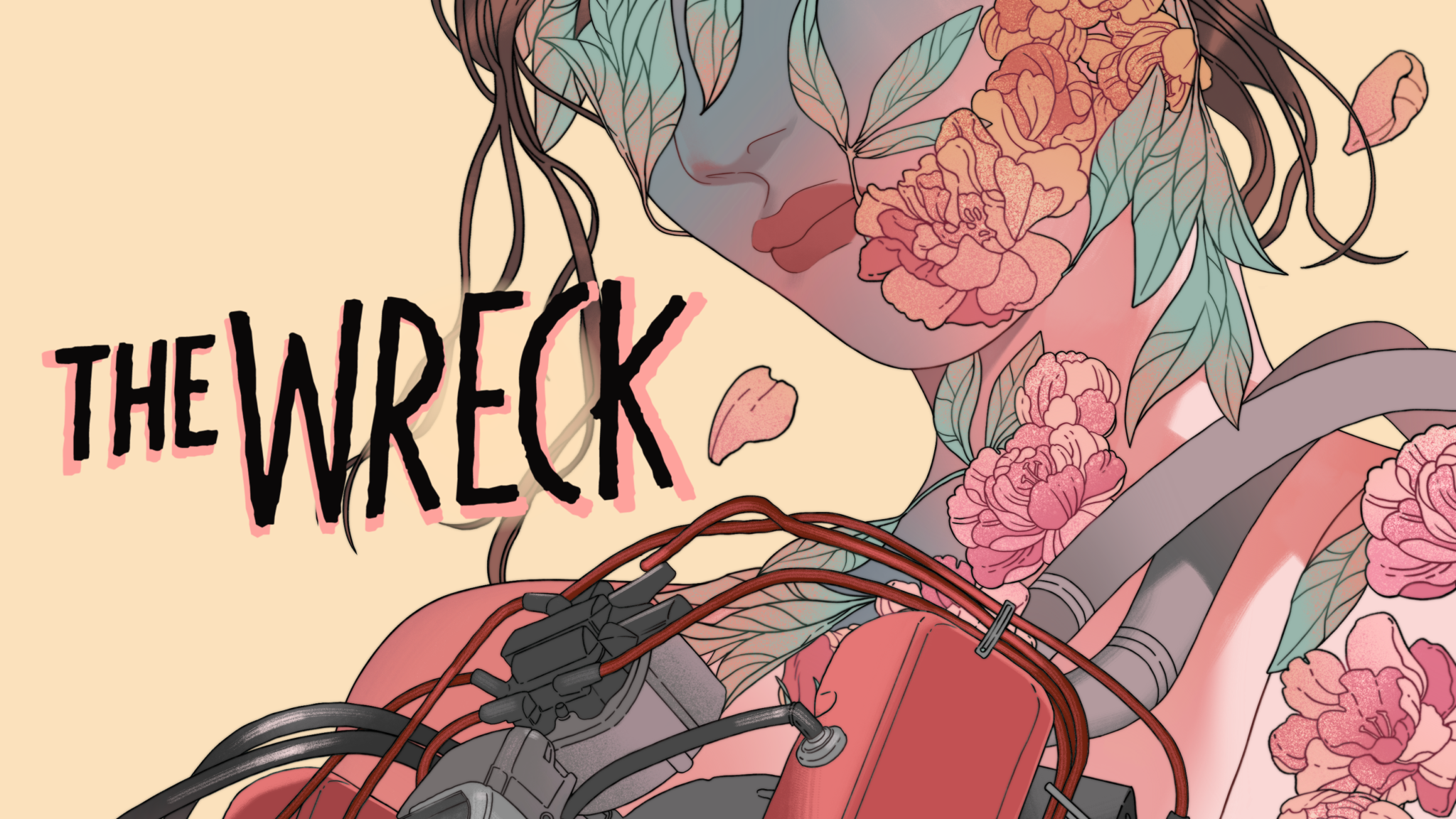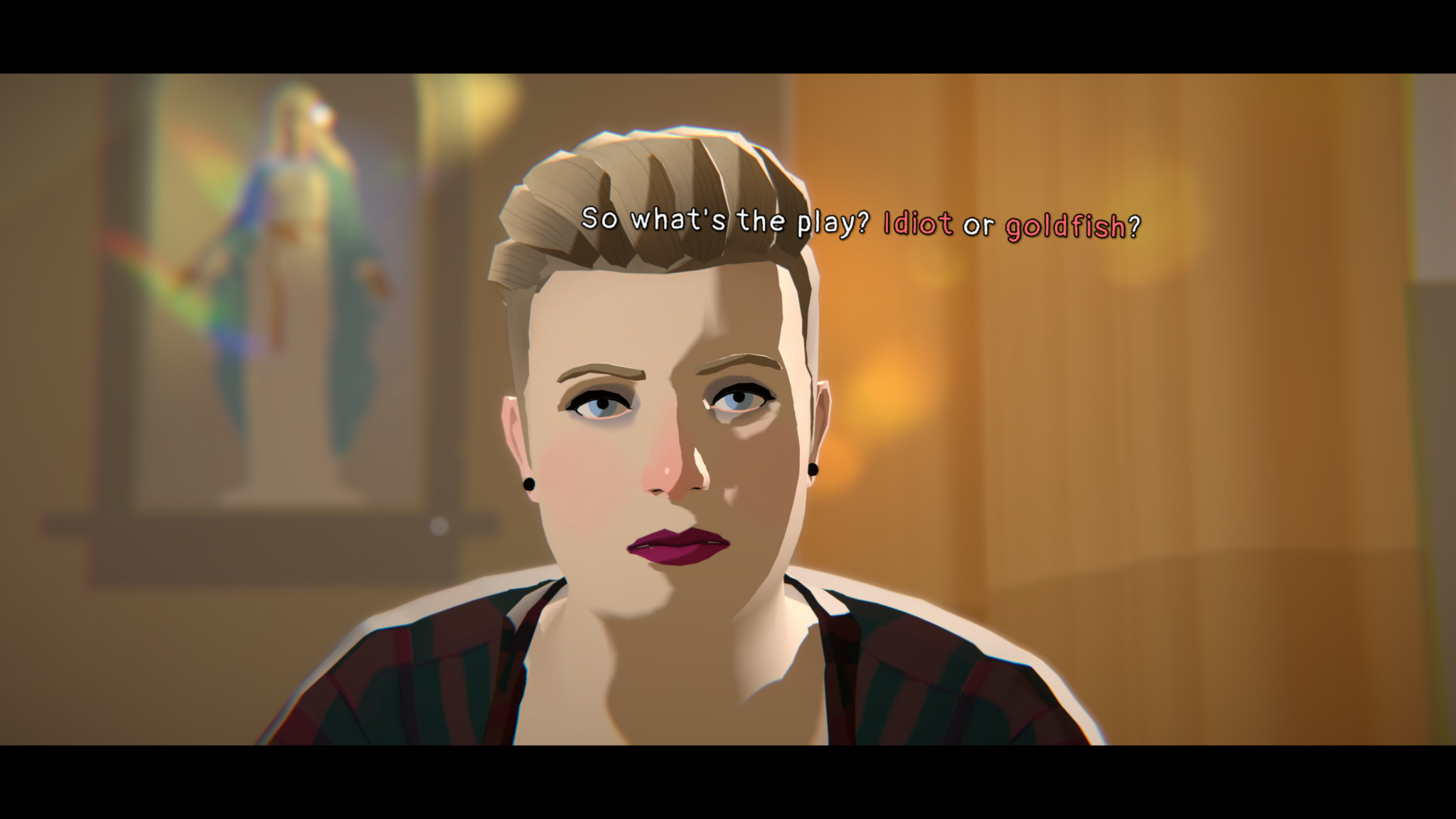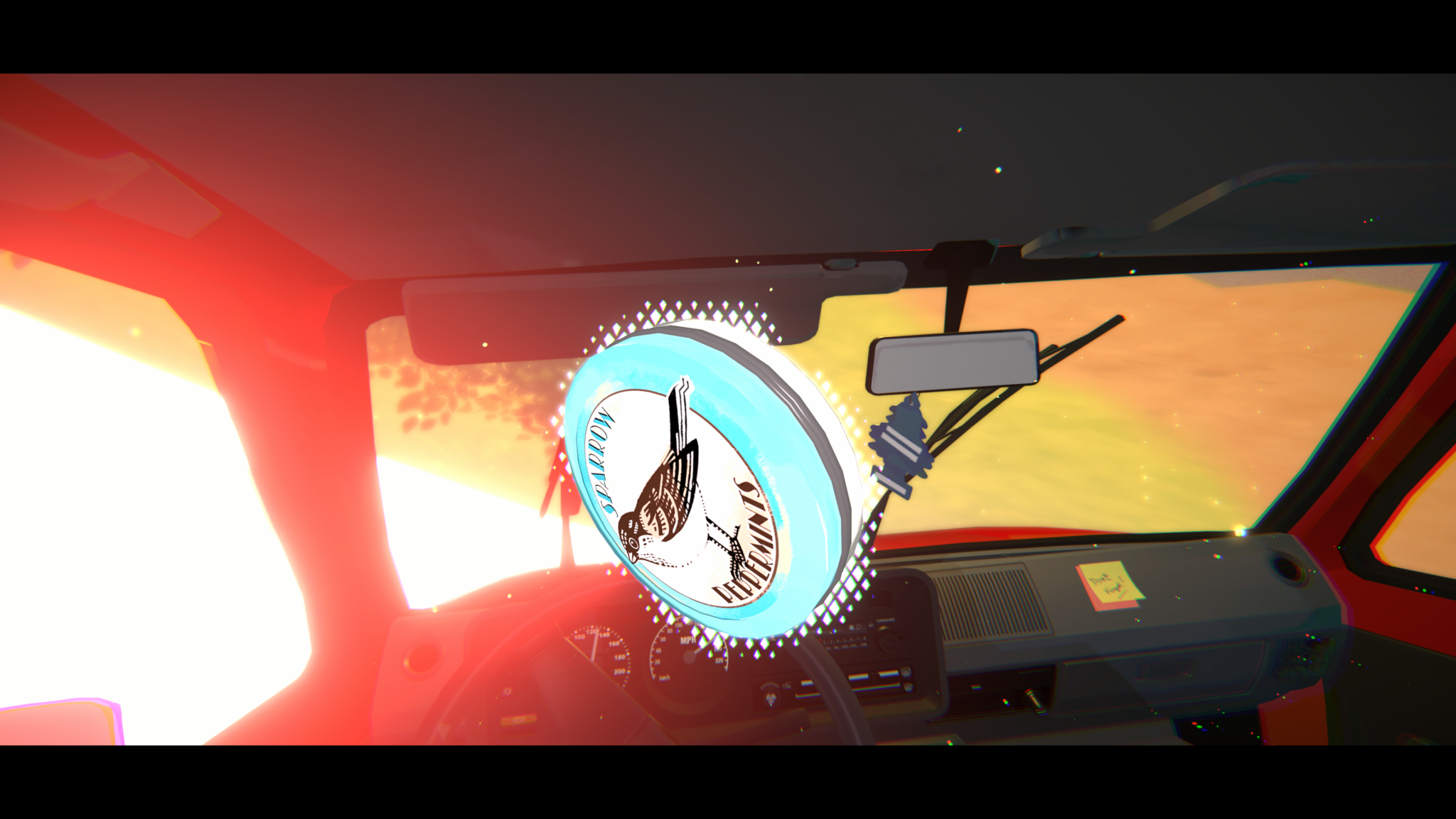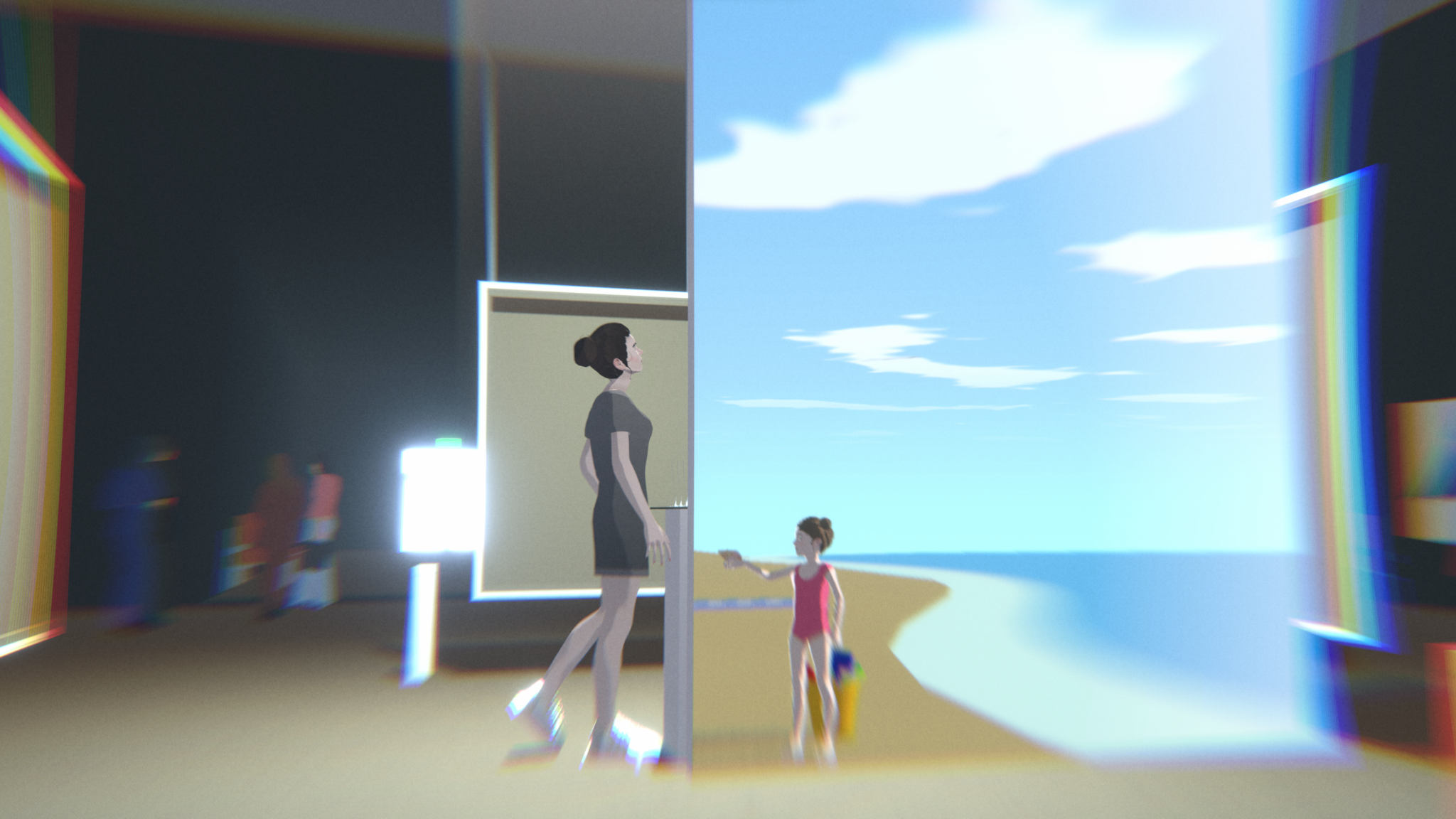
The Wreck Review — A raw look at what it means to heal
It’s all too easy to feel like a singular moment is the one that changed everything about your life, the one that tipped the scales irreversibly in ways you could never hope to control. But it’s never really that simple, is it? For every big event that we can’t change, there are dozens of little choices, little actions, little words, that lead you to that point. That’s what The Wreck, from Bury Me, My Love developers The Pixel Hunt, is all about.

In it, we follow a French woman named Junon as she tries to cope with making a huge decision for her family, while still dealing with the fallout of past drama and trauma that hasn’t been fully resolved.
Junon’s mother, Marie, is a now-famous artist with a deep distrust for the world. Their relationship is extremely complicated, which makes it that much more difficult and confusing when Junon is called to the hospital and told that her mother may die, and if she doesn’t, there’s a high chance she will live the rest of her life with a severe disability. Marie named Junon her legal medical advocate in secret, leaving both Junon and her lesbian half-sister Diane shocked and confused. Junon is not a fan of confronting issues head-on, and also more or less believes her mother is immortal, so she finds herself unable to even enter the hospital room her mother is in, let alone make a life-changing choice on her behalf. Instead, we follow her through conversations with her other loved ones — like Diane and her ex-husband Alex — that lead into dynamic memory sequences that shed further light on these past conflicts between them, and the one big tragedy that threw Junon’s life completely off track.
These sequences all involve Junon telling a story of the particular memory to her now-deceased four year-old daughter, Astrid. Junon narrates what happened, with her words appearing on screen alongside the 3D scene of the memory. As you click through the scene, it advances through different angles to show the area and different relevant parts as they pertain to the memory. While going through this, different interactive words will appear onscreen, either in Junon’s narration or in the background of the scene itself. Clicking these advances the story and also allows you to choose what kinds of insights you want into Junon’s recollection of these events. These sections are in first-person, which can lead to motion sickness if you’re more sensitive to it (like me), but thankfully, The Pixel Hunt has included a setting to help mitigate the effects.

These loops are usually also accompanied by a conversation with one of Junon’s loved ones that ultimately ends in a fight or disagreement that causes her to storm out. Each time she does, our hero drives away and ends up reliving the wreck that changed her life and her family forever. Going through this accident again basically resets things for Junon, allowing her to rethink her position and try the conversation again. In this way, Junon is able to see past her own bullshit and realize that the people around her are hurting, vulnerable, and scared as well.
Going through these memories is a great way to feel closer to all of the people involved in this story — particularly Astrid, as you are basically being told the story alongside her — but the segments can overstay their welcomes at time. Many of these sequences require you to cycle through them in their entirety multiple times, which can get a bit tiresome as you fast forward through something you’ve already seen to try to find a new word that’s appeared since the first time you went through.

This becomes even more pronounced as you repeat the titular wreck. Through these memories, we come to find out that Astrid died in a car accident while Junon was driving. Junon doesn’t fully remember the wreck, but she assumes she was to blame and can’t let go of that guilt. To illustrate this, The Wreck repeatedly takes you through the accident, watching in first-person as Junon drives down a country road, tries to adjust her sun visor, sees a large deer, and swerves into a stone wall, flipping the car. You see this series of events no less than seven times during the game, as it repeatedly serves as a sort of table of contents for more memories. Items spilled in the air from Junon’s crash-thrown purse become interactable, allowing you to go through their associated memories. While the repetition ultimately makes sense in terms of what the game is trying to show about healing and moving forward, it does get a bit old in practice. Seeing the same tin of mints, pink hairbrush, and compact mirror flying through the air for the fourth or fifth time was, I admit, fairly annoying.
That said, The Wreck sticks the landing when it comes to its discussion of grief, healing, and moving forward in your life. The game forces Junon to confront her past, deal with her issues, and do the work she needs to to get better in a way that she obviously wouldn’t have otherwise. With this opportunity, she’s able to better understand herself and those around her, and express herself to them much more effectively. The people around her benefit as well, as they’re able to better understand and communicate with Junon as a result.

Life is hard. It can often be painful, tragic, devastating. But that’s not all it is, and The Wreck is a beautiful encapsulation of that duality. It reminds us that meaning is what we make it and that there are reasons to fight, to stick around, to do better. We just have to be brave enough to try.
Score: 4/5
A copy of The Wreck for PC was provided to Gayming Magazine by the developer.







